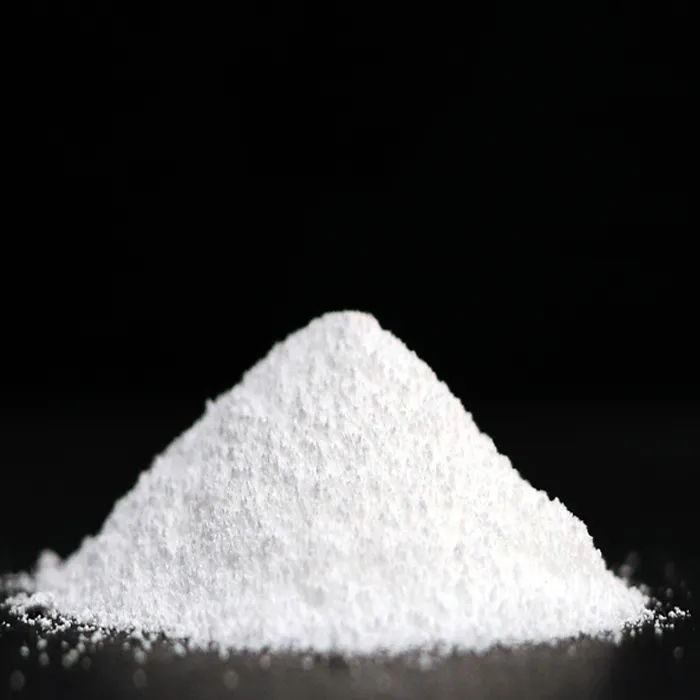Understanding Sodium Thiocyanate Solution Properties, Applications, and Safety
Sodium thiocyanate (NaSCN) is a chemical compound that appears as a white crystalline powder and is highly soluble in water. This compound plays a significant role in various industrial and laboratory applications due to its unique properties. Understanding its characteristics, uses, and safety measures is essential for those working with this chemical in both research and industrial settings.
Properties of Sodium Thiocyanate
Sodium thiocyanate is composed of sodium ions and thiocyanate ions, resulting from the combination of sulfur, carbon, nitrogen, and sodium. It has a molecular weight of 81.07 g/mol and a melting point of 288 °C. One of its most notable features is its high solubility in water, which makes it easy to prepare solutions of varying concentrations. When dissolved, sodium thiocyanate dissociates into its constituent ions, allowing it to interact with other compounds in solution.
The chemical structure of thiocyanate ion (SCN-) contributes to its ability to form complexes with various metal ions. This property is particularly valuable in analytical chemistry, where it is used as a reagent in ion-selective electrodes and complexometric titrations. The versatility of sodium thiocyanate in forming stable complexes makes it an important compound in various chemical reactions.
Applications in Industry and Research
Sodium thiocyanate has diverse applications across multiple fields, including chemistry, agriculture, and pharmaceuticals.
1. Analytical Chemistry Sodium thiocyanate is widely employed in the analytical determination of metal ions. In complexometric titrations, it can form stable complexes with transition metals, enabling precise quantification. Additionally, it acts as a reagent in colorimetric tests, where the formation of colored complexes indicates the presence of specific ions.
2. Agriculture In agricultural applications, sodium thiocyanate can be used as a fertilizer and as a fumigant for soil disinfestation. The compound is known to affect the microbial population in the soil, which can help control pests and diseases, thereby enhancing crop yields.
sodium thiocyanate solution

3. Pharmaceuticals The pharmaceutical industry utilizes sodium thiocyanate in various formulations. It has been studied for its potential use in treating certain medical conditions, including hypertension and chronic pain management, as it affects different physiological pathways within the body.
4. Laboratory Reagent Sodium thiocyanate is also frequently used in laboratory protocols, especially in biochemical assays. It serves as a crucial reagent in the synthesis of organic compounds and in various research methodologies, such as protein denaturation.
Safety Measures
While sodium thiocyanate can be beneficial, it is essential to follow specific safety protocols when handling this chemical. Although it has a low toxicity in small amounts, exposure to large quantities can lead to harmful effects. Ingestion or inhalation can cause symptoms such as headache, nausea, and respiratory distress. Prolonged skin contact may lead to irritation.
When working with sodium thiocyanate, laboratory personnel should wear appropriate personal protective equipment (PPE), including gloves, goggles, and lab coats. It is also crucial to handle the compound in a well-ventilated area or under a fume hood to minimize inhalation risks.
In case of accidental spillage, it is important to follow proper spill response procedures, which usually involve using absorbent materials and disposing of the waste according to local regulations. Emergency procedures should be in place, and all personnel should be trained to respond effectively to incidents involving sodium thiocyanate.
Conclusion
Sodium thiocyanate solution represents a highly useful compound with a wide range of applications across various industries. Its properties make it an essential reagent in analytical chemistry, a useful agent in agriculture, and a valuable component in pharmaceuticals. However, the importance of safety and responsible handling cannot be overstated. By understanding both the benefits and risks associated with sodium thiocyanate, professionals can maximize its utility while ensuring a safe working environment.

